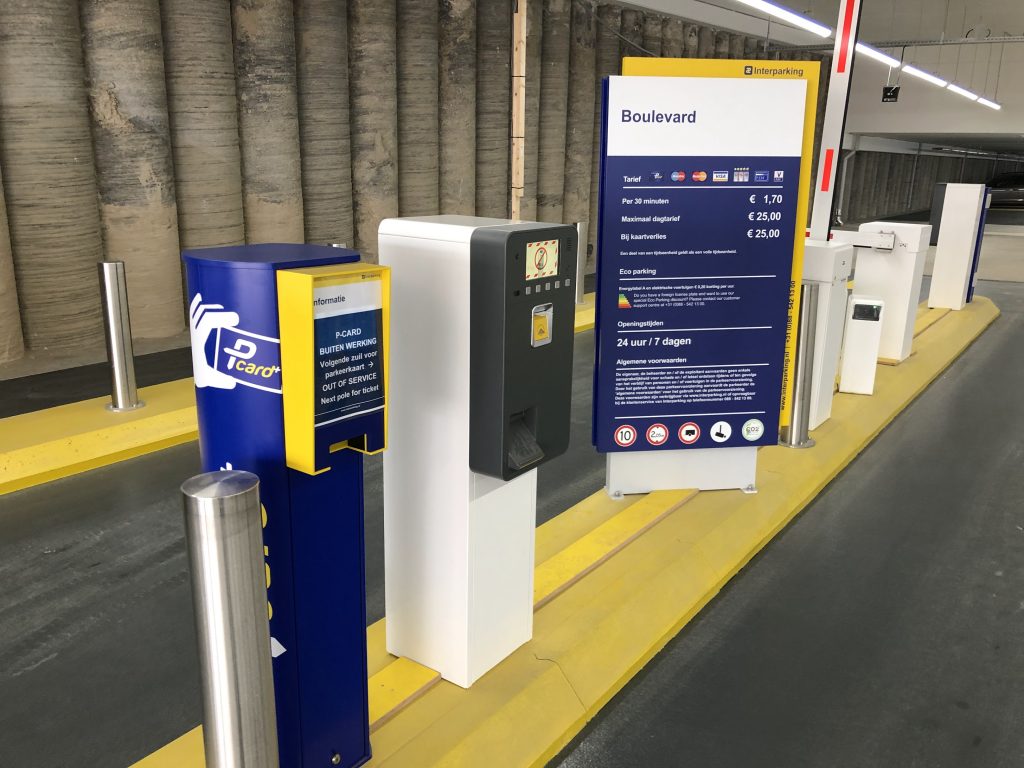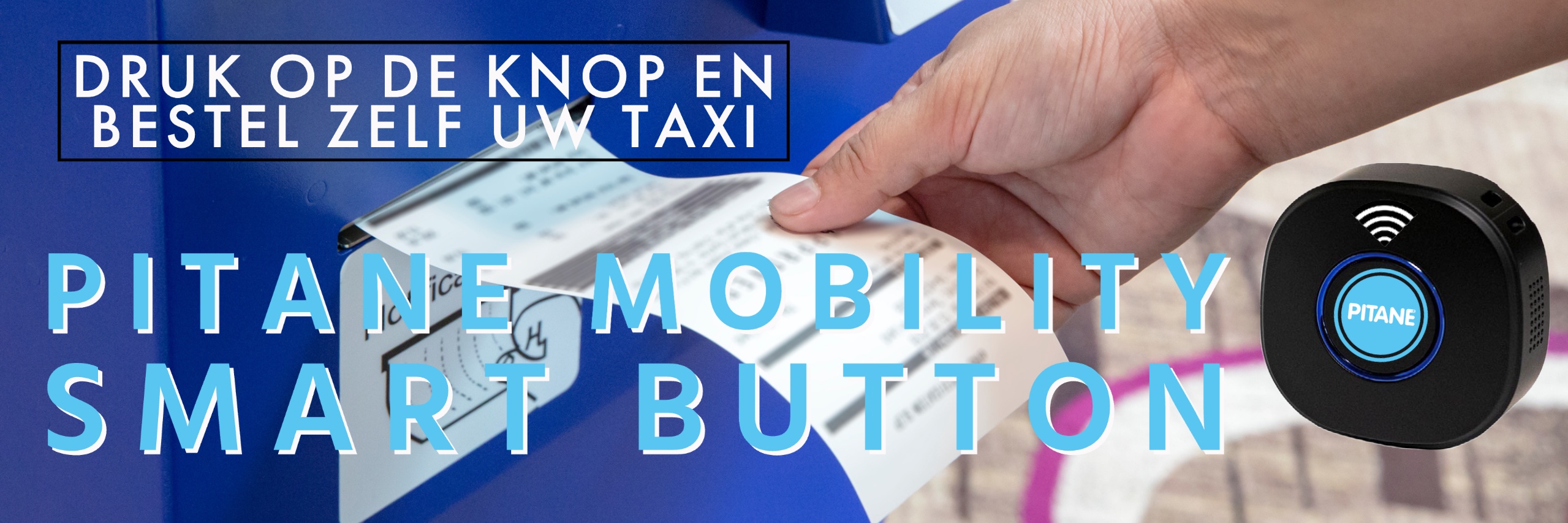A new usage scenario particularly relevant for parking companies: "Take over the bill".
In a recent blog Edwin van den Belt, a well-known player in the field of Transport Operators and Mobility providers, has shed new light on how TOMP-API technology can innovate the parking experience. He presented a new usage scenario that is particularly relevant for parking companies under the name: “Take over the bill”.
In essence, this scenario is about the interaction between parking managers, consumers and mobility service providers or resellers. In the past, drivers had to arrange payment themselves when leaving a parking lot. This can be a time consuming and sometimes frustrating process, especially during peak times when there are long queues at the payment terminals.
“In the past I have spoken with many transport operators, also known as mobility providers. Each of them had their own business model and way of working. Together with others from the TOMP working group, we have worked with most of these models, making it possible to use the TOMP API in their specific scenario."
Edwin van den Belt - Software Architect Dat.mobility & TOMP working group
Let's zoom in on the process. Your car enters the parking lot, your license plate is scanned. Normally, at the end of your parking session, you would go to the payment terminal in the parking lot to complete your parking session. When the parking operator has implemented the TOMP API's one-stop booking endpoint ('take over the bill' scenario), you can indicate in the MaaS app that you want to pay for your parking session.
scenario
Edwin van den Belt outlines a scenario in which this effort is taken away by a third party – the MaaS provider or reseller. The idea is that, after scanning the car's license plate when entering the parking lot, the driver can use the MaaS app to indicate that he wants to pay for his parking session. The MaaS provider then sends a message to the parking operator that they will take over the costs for the parking session, which they will then settle with the parking organization on a regular basis.
This makes the experience much smoother for the driver. Instead of looking for the payment terminal and possibly queuing, they can simply walk straight to their car and exit the parking lot. This new system also enables parking companies to develop new business models and collaborate with other mobility providers. For example, they could offer discounts to frequent users.

According to Van den Belt, the technical implementation of this system would be quite simple and would only require one endpoint and some agreements between the Transport Operators and Mobility Providers.
The proposed approach offers a promising solution to current bottlenecks in parking processes and illustrates how technology can improve the way we use our cities. It ties in with the global trend of urban innovation and the shift towards more integrated and customer-centric mobility solutions. We look forward to the further development and implementation of such initiatives in our cities.
According to Van den Belt, the technical implementation of this system would be quite simple and would only require one endpoint and some agreements between the Transport Operators and Mobility Providers.
The idea of linking parking payments to MaaS platforms could be a major step forward in a transportation system. It is a reflection of a broader trend towards more connected and smart cities, where technology is used to make citizens' lives easier.
Van den Belt's discussion and proposal show that even the smallest changes in how urban infrastructure is managed can make a big difference in the day-to-day experiences of city dwellers. It minimizes driver effort, reduces the need for physical interaction with parking terminals, and enables MaaS providers to offer more integrated services.
Technical implementation is only one aspect of the challenge. There will also be questions around regulations, data privacy, and how costs are calculated and distributed between MaaS providers, parking operators, and end users. Moreover, the success of such systems depends on the willingness of drivers, parking companies and MaaS providers to embrace new technologies and processes. Change can create resistance, and it is important that all parties involved see the benefit of such a change.
Still, Van den Belt's proposal offers a vision of the future in which urban residents can navigate their cities more smoothly, aided by advanced technology and improved collaboration between transport and mobility providers. In this future, technology is used to make everyday tasks like parking less cumbersome, improving the quality of life in urban areas.
With his progressive thinking and attention to both the technical and human side of urban mobility, Edwin van den Belt contributes to shaping a future in which mobility is seamless, integrated and user-friendly. It's a future we all look forward to.



